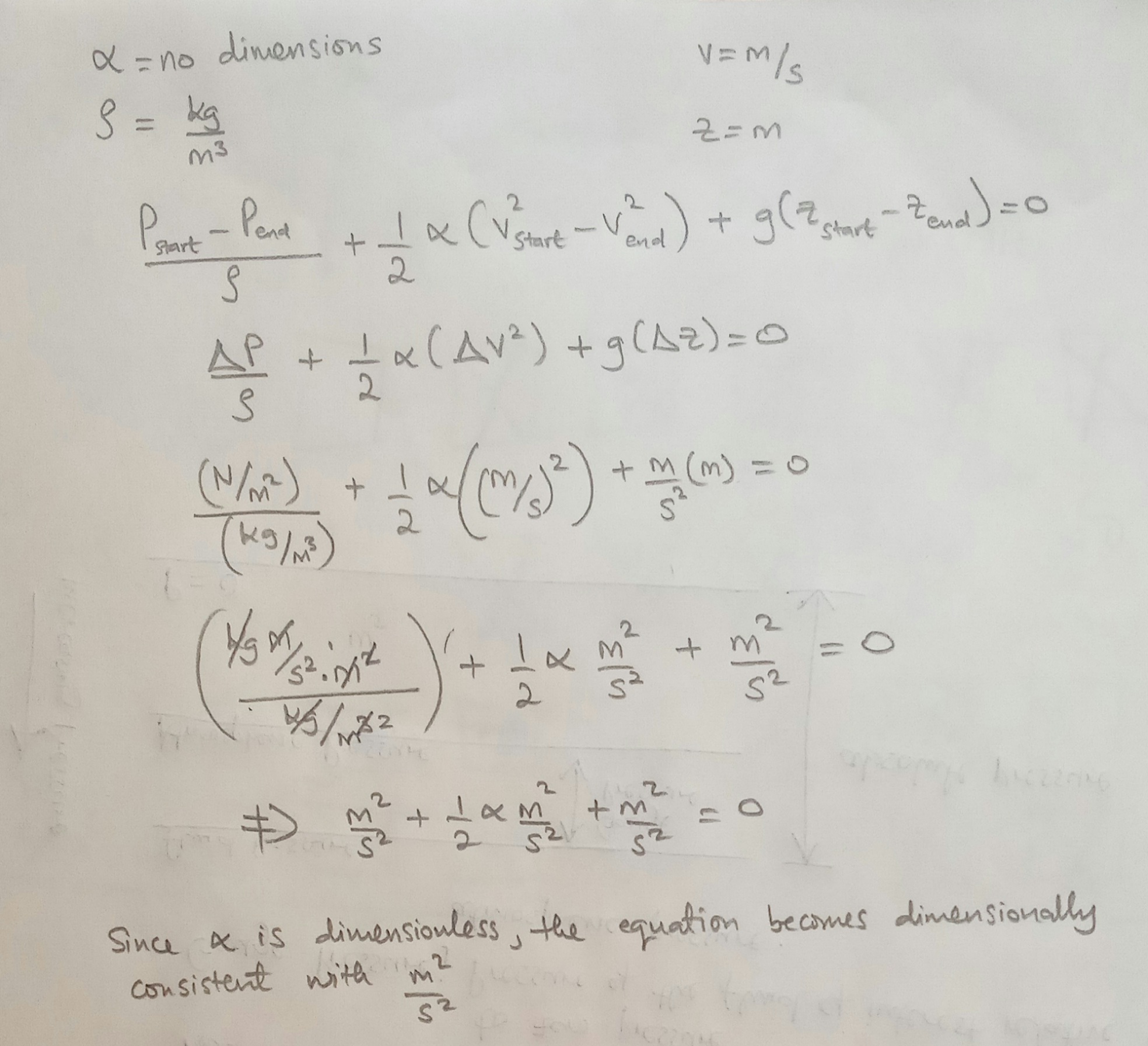System
A system is any region that occupies a volume and has a boundary. The volume outside of this boundary is referred to as the surroundings of the system. The sum of the system and its surroundings is called the universe. Thermodynamics considers systems only at the macroscopic level. Systems can be divided into three general types:
- Isolated System: A system that does not have any mass and energy exchange with the surroundings. An example includes the universe.
- Closed System: This is a system where only energy in the form of heat and work is exchanged with the surroundings. No mass is exchanged.
- Open System: This is a system where both mass and energy is exchanged with the surroundings.
Since the equations available to analyze closed and open systems differ from one another, it is important to properly define a system.
State
In order to describe a system we need to know the quantities that characterize it. These quantities are called properties and include volume, mass, temperature, pressure, etc.
A complete list of the properties of a system describe its state.
Intensive and Extensive Properties
Thermodynamic properties are considered to be either intensive or extensive. A property is considered to be extensive if it is proportional to the mass of the system e.g., volume, kinetic and potential energy. An intensive property is independent of the systems mass e.g., viscosity, density, temperature, pressure, mole fraction and refractive index.
An easy way to visualize this is to divide a system into two equal parts. Each of the part will have the same value of intensive properties (T , P , ρ) as the original system, but will have half the value of the extensive property (V) as shown in the figure below. In short, extensive properties are additive while intensive properties are not.
Specific
properties are extensive properties divided by the
total mass or total moles of the
system, i.e.,
Note:
All specific properties are intensive.
The
Degrees of Freedom are the number of
independent intensive variables needed to specify the state of the system. The
Gibbs phase rule specifies the number of degrees of freedom (F) for a system at
equilibrium and is expressed as follows:
P
+ F = C + 2
where
P is the phase number and C is the number of components.
Thus,
is you are working with a single phase, one component system, you need to
specify two independent intensive properties. Two properties are independent if
one property can be varied while the other is constant. For example,
temperature and density are always independent properties and together they can
fix the state of a single-phase, single-component system.
Equations of State
This
can be defined as any mathematical relationship between the variable T, P and V.
For an Ideal gas, the equation of states is:Using the above equation we can now plot two-dimensional graphs of f
(T, P, V) = 0 for an ideal gas.
Process
Process is a change of state that can occur in numerous ways. Work and heat can only occur during processes and only across the boundary of the system. The curve describing the process is called a process path. If the final state is the same as initial state, then the overall process is called a cyclic process.
State and Path Functions
State
functions are an important thermodynamic concept. If the magnitude of a
thermodynamic property depends only on the initial and final states and is
independent of the path being followed then its known as a state function.
Otherwise, it’s called a path function. All the thermodynamic variables
are state functions except heat and work.
Some
characteristics of state functions are:
- State functions can be solved using integral and differential calculus.
- If a state function φ, undergoes a cyclic process, its initial and final values are the same (Δφ = 0), and this will be true regardless of the path being used to carry out the cyclic process.
Some characteristics of path functions are:- Cannot be solved using integral and differential calculus
- If a path function φ, undergoes a cyclic process, its initial and final values:
(i). will be different (Δφ ≠ 0),
(ii). will depend on the cyclic path being used,
(iii). will be different for every path.
Steady-state
This
means the dependent variable does not change as a function of time. If the
dependent variable is φ, then:
Uniform
This
means the dependent variable is not a function of position. This means that all
three of the partial derivatives with respect to position be zero, i.e.,
The
variation of a physical quantity with respect to its position is called a gradient.
Thus, the gradient of a quantity must be zero for a uniform condition to exist.
Equilibrium
A
system is considered to be at equilibrium if both steady-state and uniform
conditions are met simultaneously. This means that the systems properties like
temperature, density, pressure are constant at all time. Equilibrium has the
following characteristics:
- No
work is done by a system in equilibrium.
- Its
state is completely specified when a given number of independent state
functions are specified.
Equilibrium
can be classified into 4 classes that can easily be conceptualized using the
analogy of a ball on a solid surface being acted on by gravity.
In
thermodynamics only systems with stable equilibrium states are considered in
their initial and final stable equilibrium states to determine the heat and work
interactions with its surroundings.



















